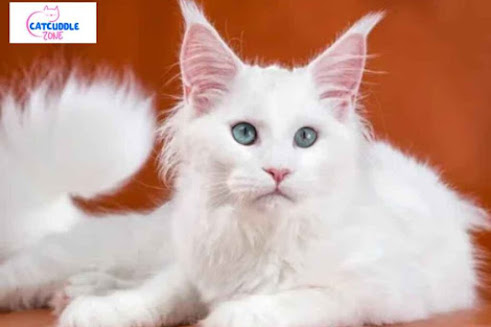How Many Paws Does a Cat Have? Complete Feline Paw Guide

Cats are fascinating creatures—graceful, agile, and full of charm. But have you ever paused to wonder, "How many paws does a cat actually have?" It might seem like a simple question, but the anatomy, function, and quirks of a cat’s paws are more interesting than you might expect. In this complete feline paw guide, we’ll explore the basics, fun facts, and deeper meaning behind those adorable little feet. 🌐 For more cat insights, visit our full guide here: https://catcuddlezone.com/how-many-paws-does-a-cat-have/ The Simple Answer: Four Paws Most cats have four paws —two in the front and two in the back. Each paw plays a unique role in helping cats move, hunt, climb, and interact with their environment. But there's more than meets the eye. Let’s break it down: Front Paws (Forepaws): These are highly sensitive and act almost like hands. Cats use them for grabbing toys, grooming, and even “kneading.” Back Paws (Hind Paws): These provide power and speed. They...










